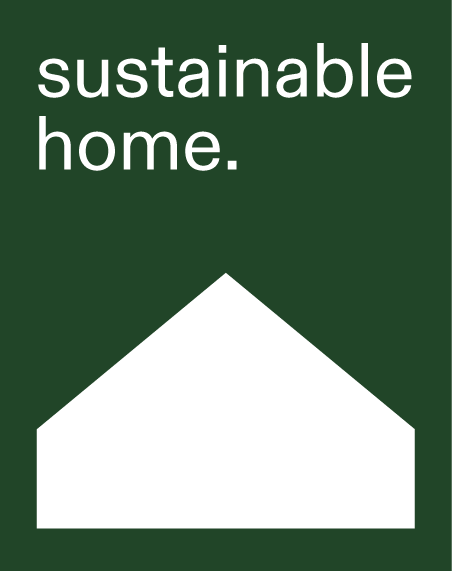Located on a one-hectare block of rolling farmlands in Merricks North, The Apple House almost appears like a towering treehouse beside an existing mudbrick home designed by Alistair Knox.
The owners — a landscape designer and their extended family — had used the property as a retreat since 2017.
But as the family grew, so too did their need for newfound spaces, so they engaged Sally Draper Architects to create a multifunctional addition on what was already a unique assemblage of outbuildings.
There was a particular desire to make the house adventurous and engaging for the client’s grandchildren, providing them with a getaway that was quite different from their home in Melbourne.
‘We conceived The Apple House as a freestanding three-storey structure, two storeys plus a loft,’ director Sally Draper explains.
‘The intentionally small footprint of the building is developed as three private domains: the study retreat, the guest hideaway and the grandchildren’s cubby, which extends across three levels like a treehouse — incorporating bunk beds, an upper-level loft and nesting box for local owls, all safely enclosed behind hand knotted rope nets.’
The design of the 95-square-metre abode was very much inspired by the original Alistair Knox abode, either to offer a deliberate contrast or a complimentary form.
Its tall, vertical structure acts as a counterpoint to the horizontal lines of the primary residence, while the gabled roof nods to the later additions dotted around the property.
The exterior plays with light and shade, as black oiled, sawn-timber batten cladding creates a unique shell for the home. Natural materials continue inside, where red brick floors, hessian walls and rope nets speak to the craftsmanship of the existing Knox house and its country surrounds.
‘Its bold but secretive form, intentionally modest, conceals the complexity of the internal program,’ Sally adds.
Plus, being for a landscape architect, the outdoor masterplan naturally preceded the design of the sensitive self-contained studio. Building a new structure rather than extending the cherished Knox home not only kept the retro building fully intact, but it also encouraged interaction with the delightful gardens.
‘[The addition] is accessed via winding pathway from the Knox house through a beautiful mud brick walled garden,’ Sally says.
‘The experience of the place is as much about these landscape spaces as it is about the buildings themselves.’
Since the house was completed, the owners have filled the library and office with their collections of mid-century furniture, while their grandkids have taken over the playful bunkbed rooms, and even a family of rosellas has taken up residence inside the owl-nesting box.
It’s a home full of life and connection to nature, just as the architects intended.






















































